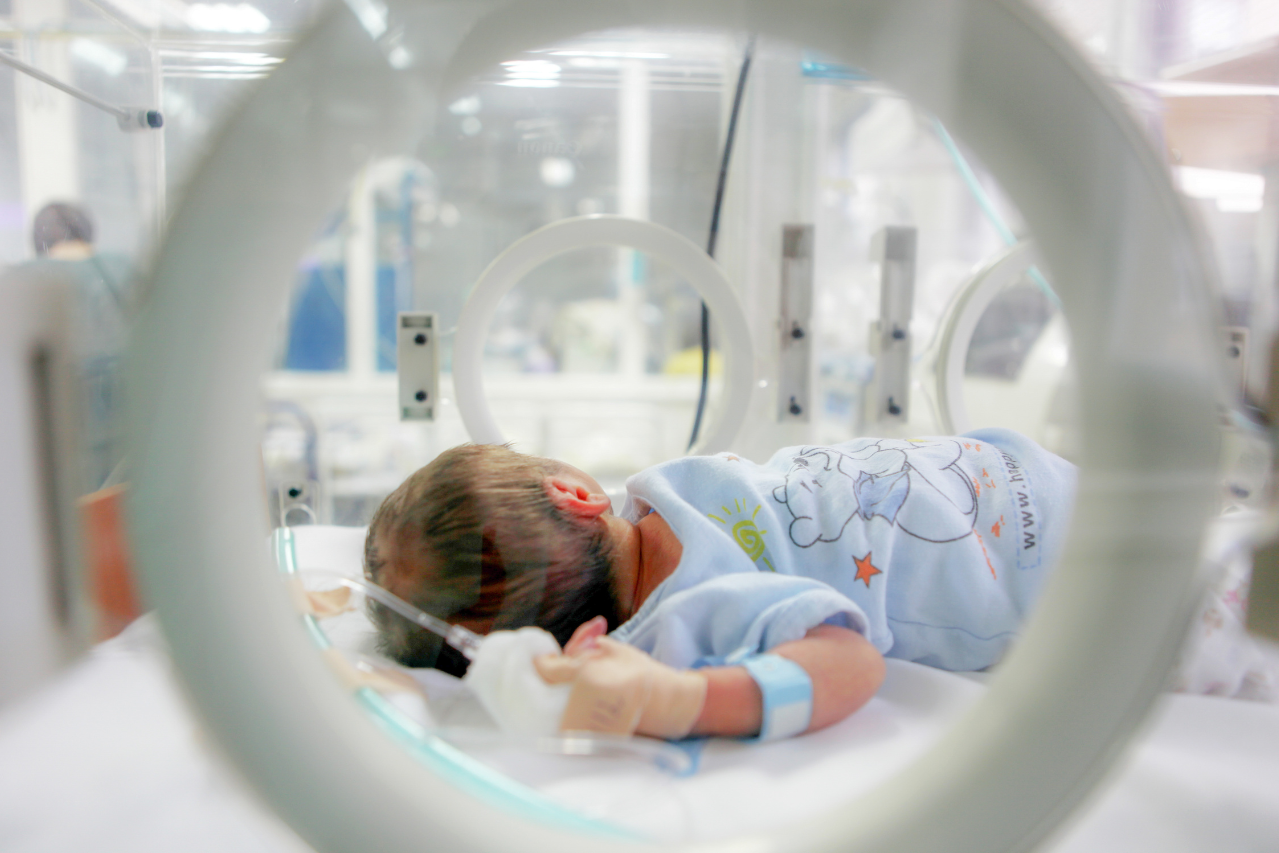The University of Maryland Institute for Health Computing (UM-IHC) continues to push boundaries in advancing medical care through cutting-edge research and innovation. Since its founding two years ago, the institute has become a hub for collaboration among academia, government, and the private sector, leveraging high-performance computing and artificial intelligence (AI) to tackle critical challenges in healthcare.
A Vision for the Future of Healthcare
UM-IHC is strategically positioned along Montgomery County’s I-270 biotech corridor, a hotspot for over 300 life science companies. The institute blends advanced computational expertise from the University of Maryland, College Park (UMCP), biomedical research from the University of Maryland, Baltimore (UMB), and an extensive health database from the University of Maryland Medical System (UMMS). This synergy enables UM-IHC to improve health outcomes, advance medical research, and expand educational opportunities in the region.
During its second-anniversary celebration, UM-IHC showcased a range of impactful projects, including:
- Bias Detection in AI: Researchers are working with the Food and Drug Administration (FDA) to uncover biases in AI-powered medical software, ensuring equitable healthcare outcomes.
- Antibiotic Resistance Predictions: National Institutes of Health (NIH) scientists are collaborating with UM-IHC to predict antibiotic resistance in patients, aiding hospitals in life-saving decisions.
- Preventable Disease Models: A partnership with AstraZeneca aims to develop models identifying high-risk populations for diseases such as lung cancer.
Advertisement
Achievements and Industry Collaborations
In just two years, UM-IHC has achieved significant milestones:
- 10 industry partnerships formed.
- Over 150 scientific papers published.
- Two patents submitted.
- 26 grant applications in the last quarter alone.
- A spin-off company launched to translate research into real-world solutions.
Key partnerships announced during the event include collaborations with 20/20 Gene Systems, United States Pharmacopeia, and federal agencies like the FDA and NIH. These alliances are driving innovations that not only benefit Maryland residents but have the potential to transform healthcare on a global scale.
Educational Innovation and Workforce Development
UM-IHC is also committed to workforce development. Its immersive virtual reality (VR) training for physician assistants exemplifies how the institute merges technology with education. Local officials, including Montgomery County Executive Marc Elrich, emphasized the institute’s role in fostering a skilled life sciences and tech workforce through research internships and fellowships.
“The value of the data that the medical system brings is defined by the diversity of the data, which represents the diversity of the communities that we are blessed to serve,” said UMMS President and CEO Mohan Suntha. “So, what’s the vision? What do you expect us to be? I want you to think Silicon Valley. I want you to think about the future of health care computing and the ability to impact the nation and the world, to solve big health care problems.”
The Value of Data and Diversity
UMMS President and CEO Mohan Suntha highlighted the importance of data diversity in shaping healthcare innovations. With access to de-identified, encrypted, and HIPAA-protected health records from 2 million Marylanders, UM-IHC is well-equipped to conduct inclusive research that addresses the needs of diverse communities.
Looking Ahead
UM-IHC Co-executive Director Bradley Maron and other leaders shared a vision of the institute becoming a “Silicon Valley” for healthcare computing. By combining academic excellence, innovative technology, and a commitment to public health, UM-IHC is poised to tackle the most pressing challenges in modern medicine.
The institute’s achievements serve as a testament to the power of collaboration, with the University of Maryland President Darryll J. Pines summing up its potential: “We are truly poised to take advantage of these breakthroughs because of our location, our partnerships, and our commitment to improving health outcomes for all.”





